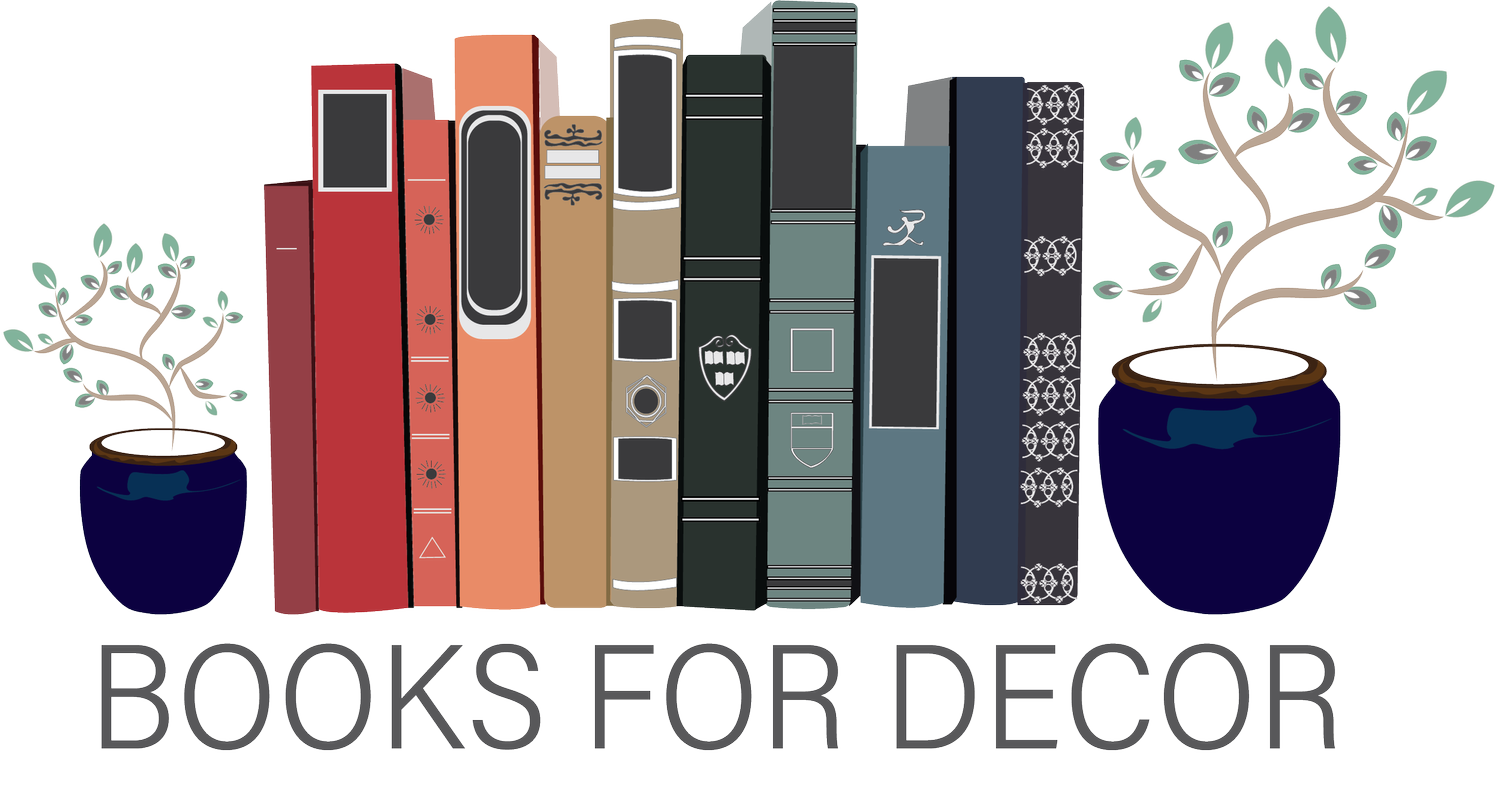Charles Dickens: A Christmas Carol
Charles Dickens: A Christmas Carol is a classic novel about gratitude and human goodness. As we know, Christmas is about being grateful and appreciative for all that we have been given- whether in our lives or the past year.
For those who are religious it is a chance to celebrate the birth of Jesus Christ, a symbol of sacrifice and saving grace. Christmas is a chance to be grateful for Christian ideas and values and religious meaning.
For the nonreligious, it is a time for reflection and contemplation- an observation of life at the end of a designated time frame. From a distance, it is a small blip of time with seemingly small influence, but to those in the present it is a time of significant retrospection.
Dicken’s, A Christmas Carol may possess a name of antiquity, but those who understand the cycle of humanity, know our natural inclinations towards certain types of thoughts and behaviors are timeless. These inclinations are well represented in this novella through analogy and personification.
Ebenezer Scrooge is the main character and protagonist of sorts for A Christmas Carol. Scrooge is an ungrateful, selfish, and abusive person. He has previously led a life of little compassion and care for his fellow man. Those who know him, look upon him with a wary indignation, knowing him to be a man of detailed greed and spite.
Such a character can only be seen with the utmost pessimism and disgust. He is truly displayed in a non-redemptive light.
The basic premise of the story is a thoughtful and careful journey to enlightenment through three different Christmas ghosts- the ghost of Christmas Past, Present, & Future. These ghosts guide Scrooge through a careful look at the life he has lived and a life he will live should he choose to follow the path he presently walks.
The ghost of Christmas past shows Scrooge Christmas of his past and the influence his past has on his present. Scrooge is forced to look at himself but is unwilling to do so.
The ghost of Christmas present reveals how Scrooge’s current path affects the people around him. He mocks Scrooge's unwillingness to see the needs and wants of the people around him and teaches a powerful lesson on self-inflicted ignorance.
The ghost of Christmas future paints a vivid and sorry picture of the future waiting for Scrooge, that of no future. Scrooge is bombarded with cutting and sharp truths which cause his heart to be moved.
At the end of it all, Scrooge is led to become a greater man through the exposure of his weaknesses and ignorance. He is shown the true spirit of Christmas and the meaning of a life well-lived.
This book is a classic because, though time passes, the truth is that human nature is consistent. Change is possible, but it takes hard work, self-reflection, and a determination for good. Even the worst kind of person can become better if he chooses to see beyond himself and his own greed and selfishness.
No one said it would be easy, only that it’s possible. This book embodies the spirit of hope and anticipation. For the religious and nonreligious it is a message of joy and encouragement. If we choose to look beyond ourselves and into what could be, we can push through.
Sincerely,
The Books for Decor Team


